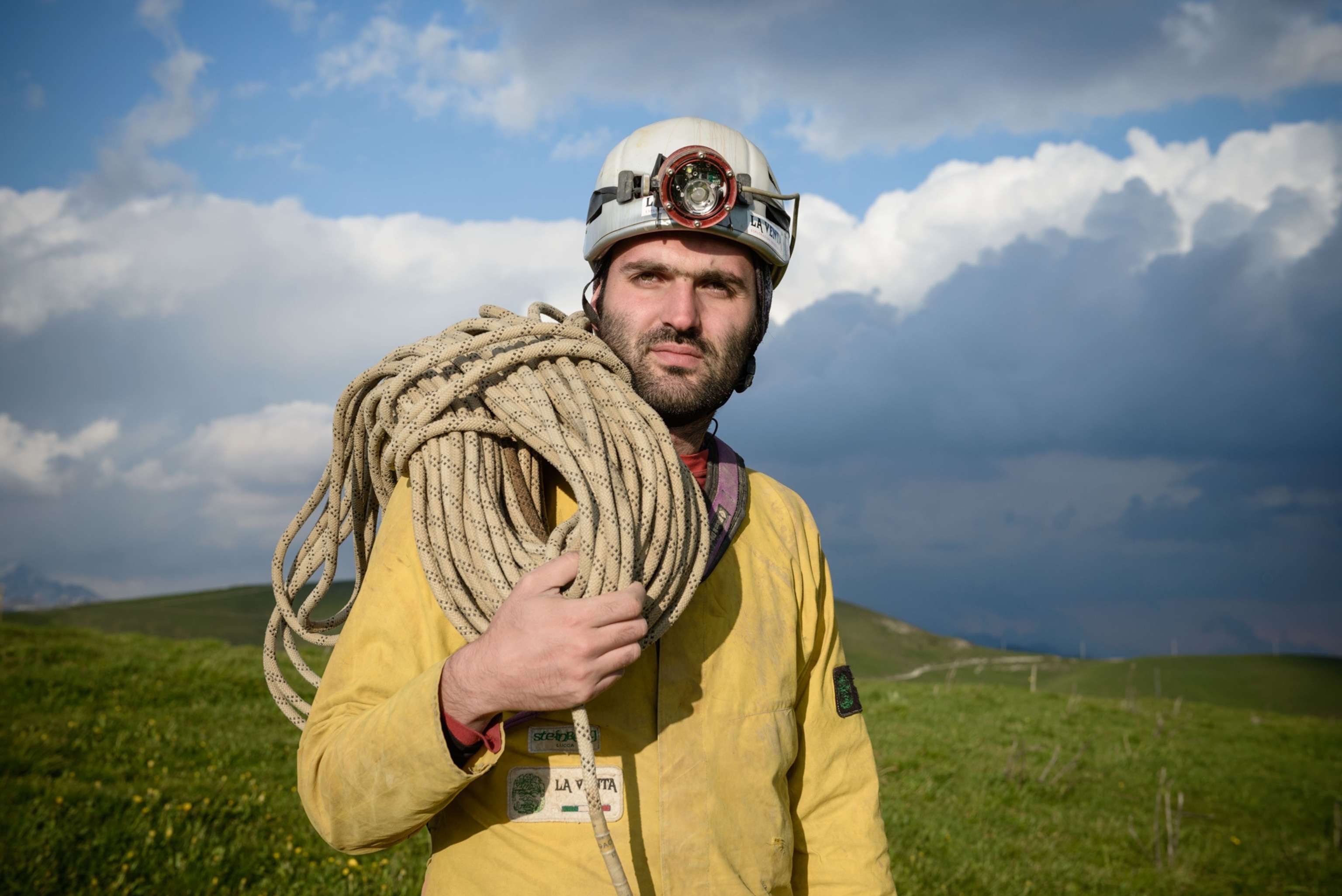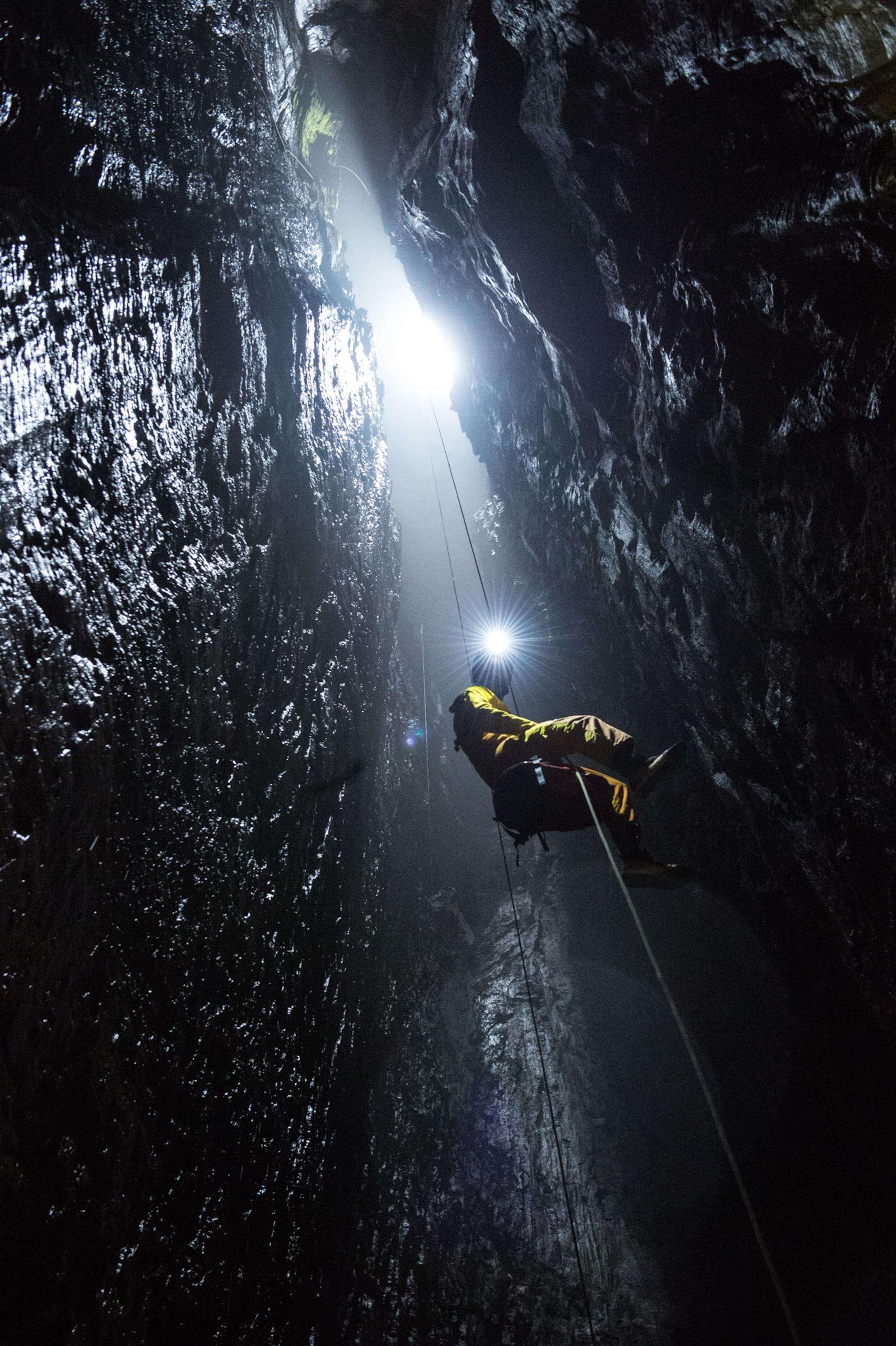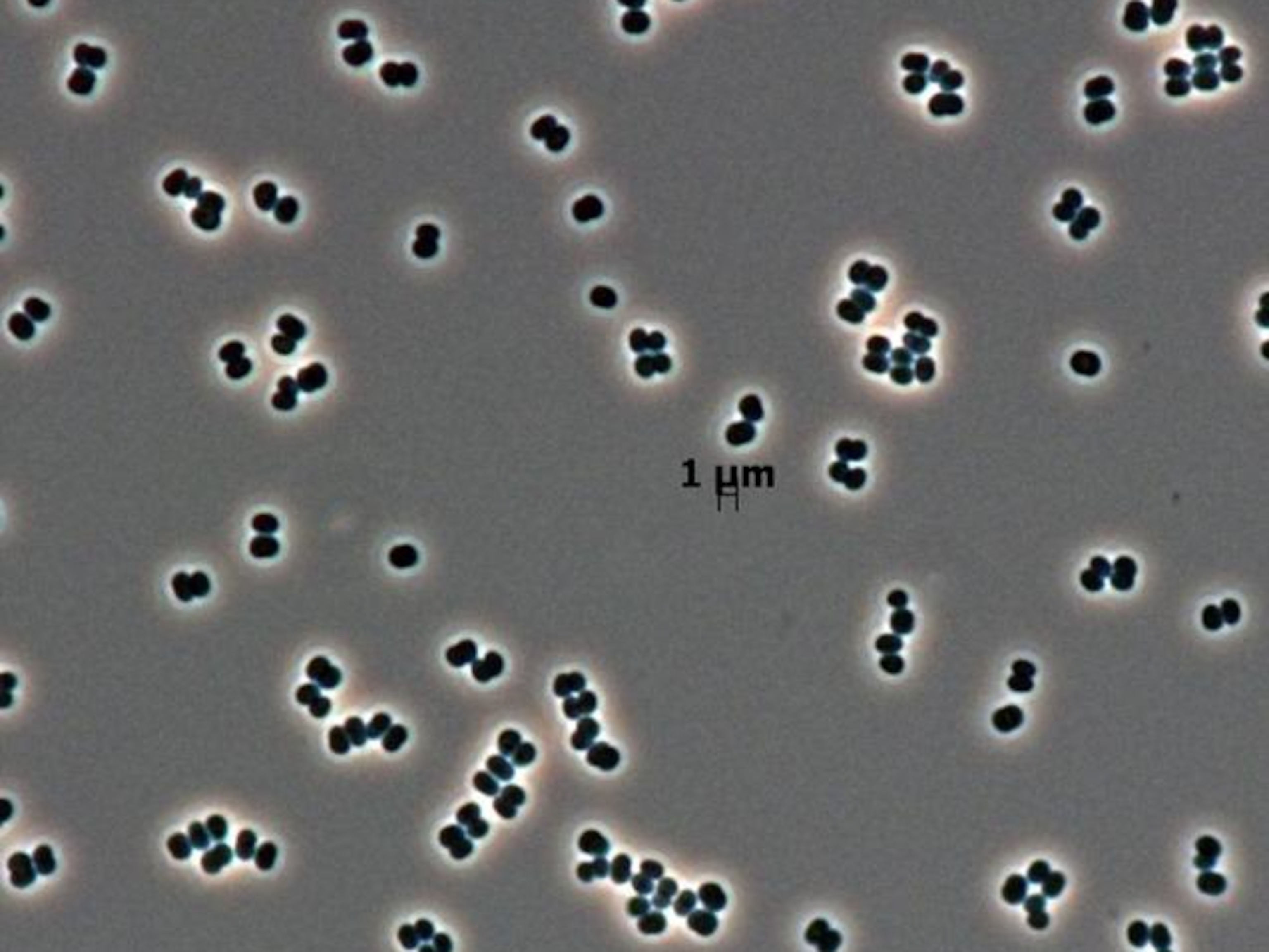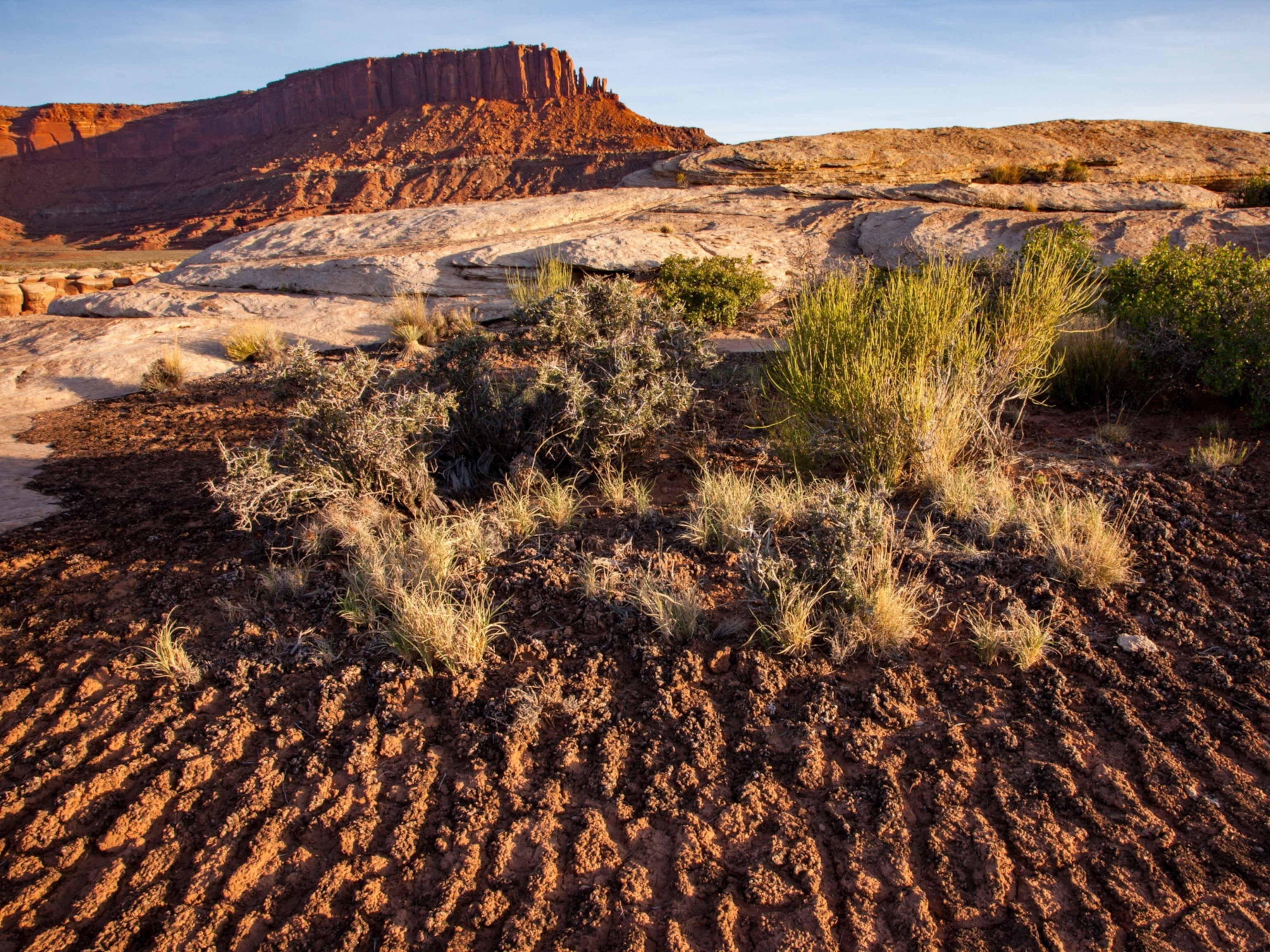
A Modern-Day Caveman
Francesco Sauro descends deep underground, setting foot where no humans have been before.
Hoping to shed light on the origins of life, speleologist Francesco Sauro investigates some of the world's darkest places.
His expeditions have led to the discovery of the world’s largest quartzite cave system, the Imawari Yeuta; the mineral rossiantonite; a species of blind cave fish; and previously unclassified bacteria. But it’s South America's mysterious tepuis, or table mountains—home to ancient geologic and biologic treasure chests—that beckon the Rolex Laureate.
"The most fascinating thing is they have been untouched for millions of years—like a giant library where you can find information about your ancestors, about life in the past,'' he says.
Microbiologist and fellow Rolex Laureate Hosam Zowawi, who accompanied Sauro on two South American cave expeditions, says the microbes discovered by Sauro’s team are especially important because they can help scientists better understand how to combat antibiotic-resistant bacteria.
An Italian native, Sauro was introduced to caving as a preschooler by his father. Now 32, he’s a veteran of more than two dozen expeditions—journeys that can be grueling to prepare for and execute.
His experience leading multicultural teams on long missions and in extreme environments led the European Space Agency to enlist him as a consultant and instructor for astronauts preparing for space missions. But Sauro’s prime focus is earthbound. By 2017, he hopes to complete the last of four cave expeditions in southern Venezuela's Duida-Marahuaca Massif and Brazil's Pico da Neblina and Serra do Aracá.
“Conditions will be challenging due to the remoteness of the locations and altitudes of up to [9,500 feet], but I think the rewards will be considerable,” Sauro says.

“The idea is to collect data with a multidisciplinary and holistic approach to build up a picture of the whole area, offering insights into the evolution of landscape and life in central South America after the opening of the Atlantic Ocean a hundred million years ago.”





